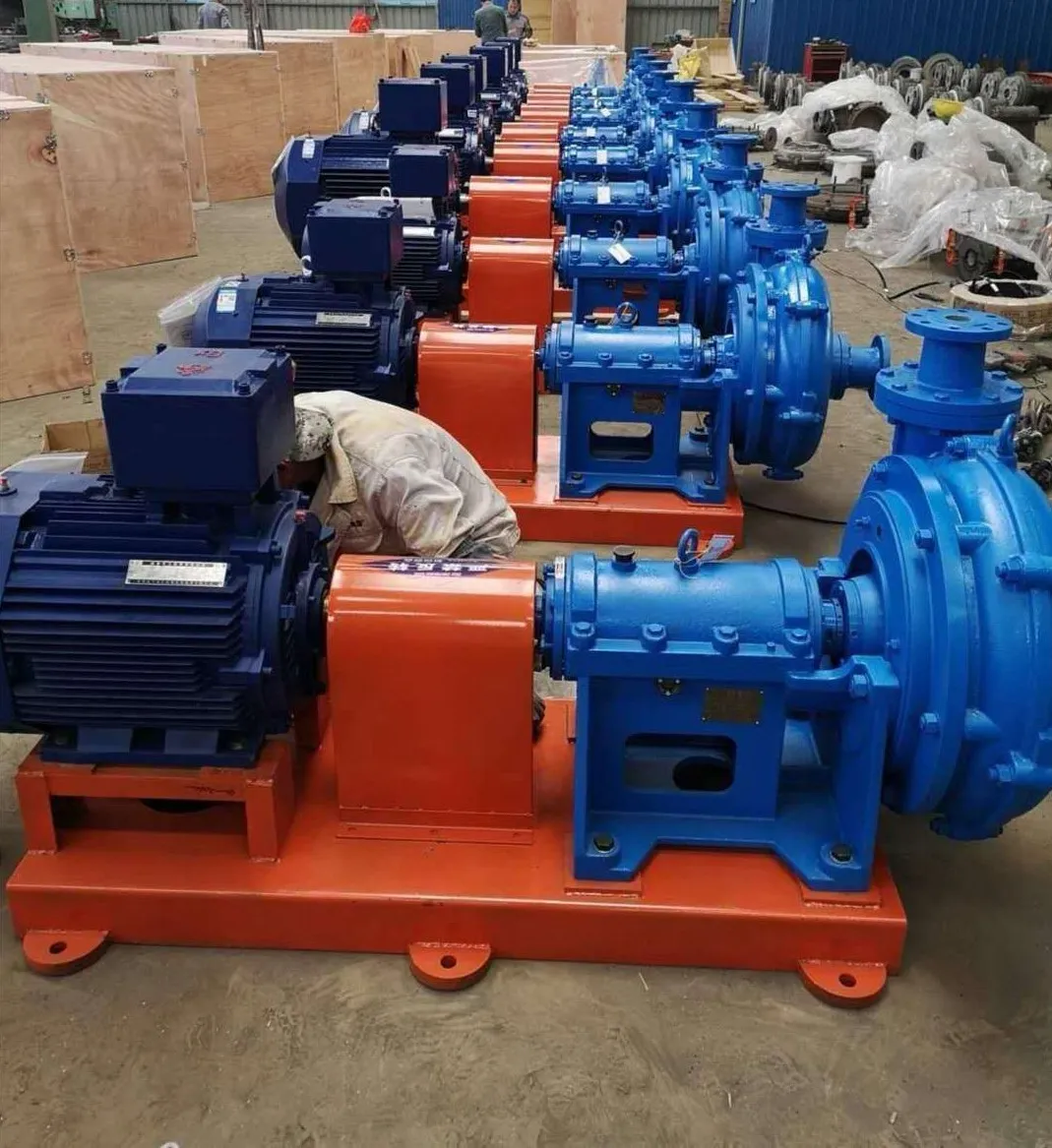Uzbek
- Afrikaans
- Albanian
- Amharic
- Arabic
- Armenian
- Azerbaijani
- Basque
- Belarusian
- Bengali
- Bosnian
- Bulgarian
- Catalan
- Cebuano
- Corsican
- Croatian
- Czech
- Danish
- Dutch
- English
- Esperanto
- Estonian
- Finnish
- French
- Frisian
- Galician
- Georgian
- German
- Greek
- Gujarati
- Haitian Creole
- hausa
- hawaiian
- Hebrew
- Hindi
- Miao
- Hungarian
- Icelandic
- igbo
- Indonesian
- irish
- Italian
- Japanese
- Javanese
- Kannada
- kazakh
- Khmer
- Rwandese
- Korean
- Kurdish
- Kyrgyz
- Lao
- Latin
- Latvian
- Lithuanian
- Luxembourgish
- Macedonian
- Malgashi
- Malay
- Malayalam
- Maltese
- Maori
- Marathi
- Mongolian
- Myanmar
- Nepali
- Norwegian
- Norwegian
- Occitan
- Pashto
- Persian
- Polish
- Portuguese
- Punjabi
- Romanian
- Russian
- Samoan
- Scottish Gaelic
- Serbian
- Sesotho
- Shona
- Sindhi
- Sinhala
- Slovak
- Slovenian
- Somali
- Spanish
- Sundanese
- Swahili
- Swedish
- Tagalog
- Tajik
- Tamil
- Tatar
- Telugu
- Thai
- Turkish
- Turkmen
- Ukrainian
- Urdu
- Uighur
- Uzbek
- Vietnamese
- Welsh
- Bantu
- Yiddish
- Yoruba
- Zulu
Telephone: +86 13120555503
Email: frank@cypump.com
Dek . 13, 2024 04:12 Back to list
Residential Sewage Lift Pumps for Efficient Wastewater Management and Disposal Solutions
Understanding Residential Sewage Lift Pumps
In the realm of residential plumbing, sewage lift pumps play a crucial role in addressing sewage management challenges, particularly for homes situated in low-lying areas. These pumps are integral parts of a sewage system, designed to transport wastewater from lower elevations to higher ones, thus ensuring proper drainage and sanitation within a household. This article delves into the significance, functionality, and installation considerations of residential sewage lift pumps.
What is a Sewage Lift Pump?
A sewage lift pump, also known as a sewage ejector pump, is a type of pump specifically engineered to move sewage from lower to higher elevations, usually when gravity drainage is not feasible. Homes that are built below the level of the municipal sewer system often rely on these pumps to ensure that waste is effectively transported away from the residence.
How Does a Sewage Lift Pump Work?
The operation of a sewage lift pump is relatively straightforward. When wastewater accumulates in a pre-constructed basin (often referred to as a pit or sump), the pump is triggered. It employs an impeller to create pressure that pushes the sewage into the sewer line or septic system. The pump typically has a float switch that detects the water level, activating the pump once the level rises to a predetermined height. Once the water is pumped out and the level falls, the switch shuts the pump off.
Sewage lift pumps are capable of handling not just water but also solid waste, which makes them ideal for residential settings where toilets, sinks, and showers discharge waste. These pumps can handle various types of waste, maintaining the flow and preventing overflow or backups in the home.
Importance of Sewage Lift Pumps
The importance of sewage lift pumps can’t be overstated, especially in areas where gravity systems alone cannot efficiently remove sewage. Here are some key reasons why these pumps are fundamental
1. Sanitation Proper sewage management is crucial for maintaining hygiene and preventing health hazards associated with waste buildup. Sewage lift pumps ensure that waste is efficiently removed. 2. Property Protection Homes without adequate sewage systems are at risk of flooding from sewer backups. A sewage lift pump can help mitigate this risk by ensuring that wastewater is evacuated properly.
3. Compliance with Regulations Many municipalities have strict regulations regarding sewage disposal. Using a sewage lift pump often helps homeowners comply with removal and treatment guidelines.
residential sewage lift pump

4. Versatility These pumps can be installed in various locations, including basements or crawl spaces, where gravity drainage may not be feasible.
Installation Considerations
While sewage lift pumps are highly beneficial, their installation requires careful planning and consideration. Here are some important factors to consider
1. Sizing Selecting the right size of the pump is essential. A pump that is too small may struggle to manage the volume of wastewater, while one that is too large may unnecessarily consume power.
2. Type of Pump There are different types of sewage pumps, including submersible and pedestal pumps. The choice may depend on the specific application and the installation environment.
3. Electrical Requirements Ensuring that the electrical supply to the pump is adequate is vital. Pumps should be connected to GFCI (Ground Fault Circuit Interrupter) circuits to enhance safety.
4. Maintenance Regular maintenance is crucial for the longevity of sewage lift pumps. Homeowners should be aware of the signs that maintenance is needed, such as unusual noises or reduced performance.
5. Professional Installation Because incorrect installation can lead to significant issues, it is often recommended to hire a professional plumber with experience in sewage lift pump installation.
Conclusion
Sewage lift pumps are a pivotal component of residential plumbing systems, particularly in homes located at lower elevations. By understanding their function and importance, homeowners can ensure proper sewage management and safeguard their residences against potential plumbing disasters. As with any mechanical system, proper installation and regular maintenance are key to maximizing the efficiency and lifespan of sewage lift pumps. Through proactive management, homeowners can maintain a clean, functional, and healthy living environment.
-
Custom Drilling Mud and Slurry Pump Supplier - High Efficiency, Tailored Solutions
NewsJun.10,2025
-
Supply Vertical Submersible Sewage Pump High-Efficiency WQ/QW Pumps Supplier
NewsJun.10,2025
-
Premium Sewage Ejection System & Pumps Efficient Waste Removal
NewsJun.09,2025
-
Premium Wholesale Slurry Pump Impellers Durable & Efficient Slurry Handling
NewsJun.09,2025
-
Top Sewage Pump Companies Durable Industrial Solutions for Efficiency
NewsJun.09,2025
-
Heavy Duty Slurry Pumps - OEM High Performance & Bulk Wholesale
NewsJun.09,2025










